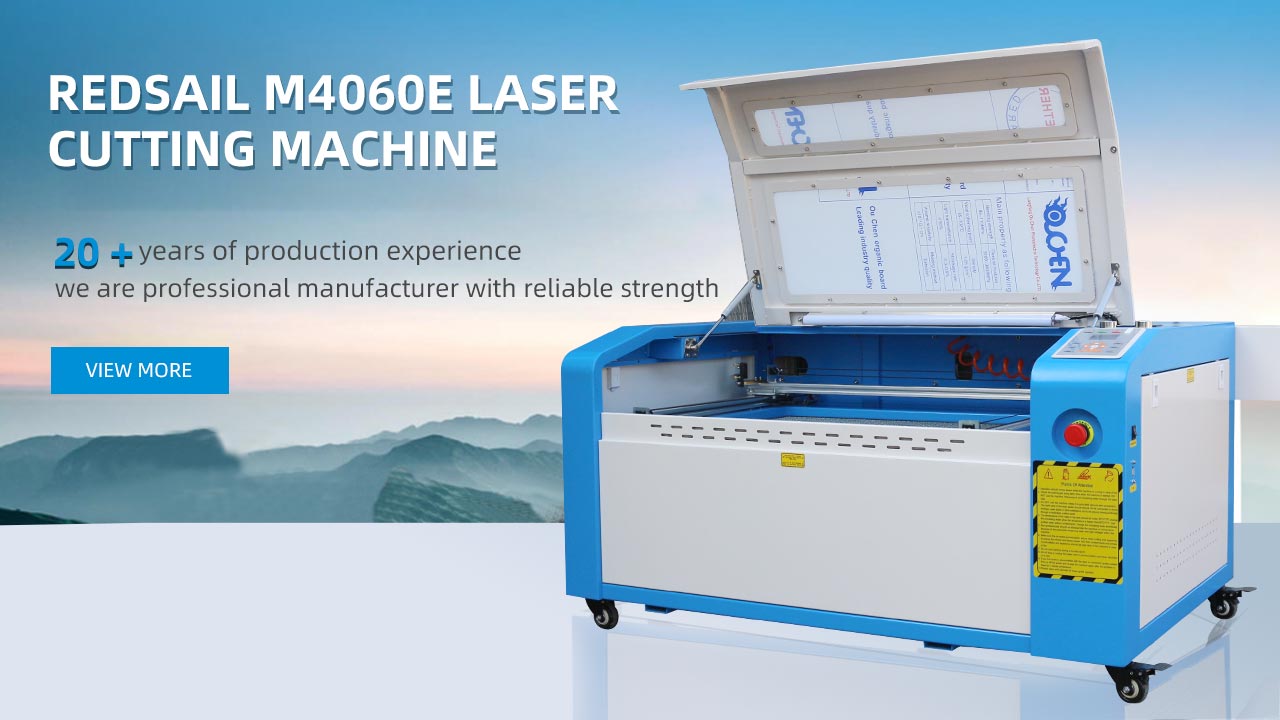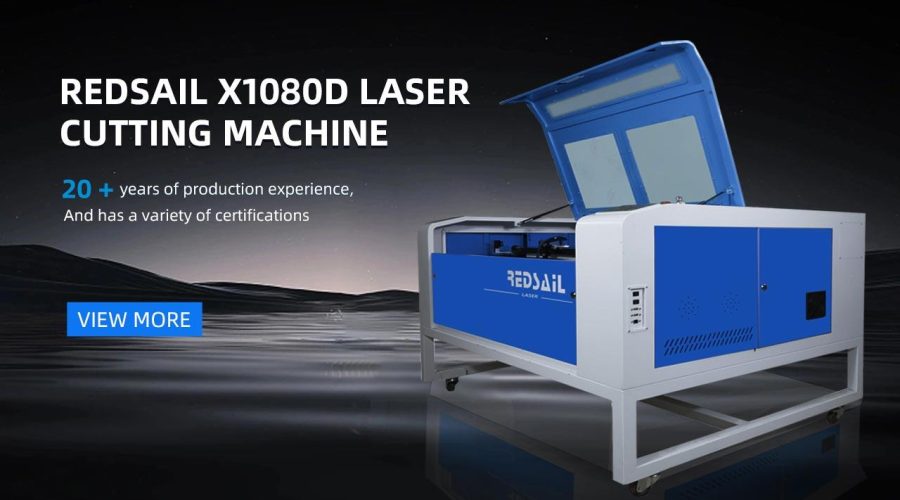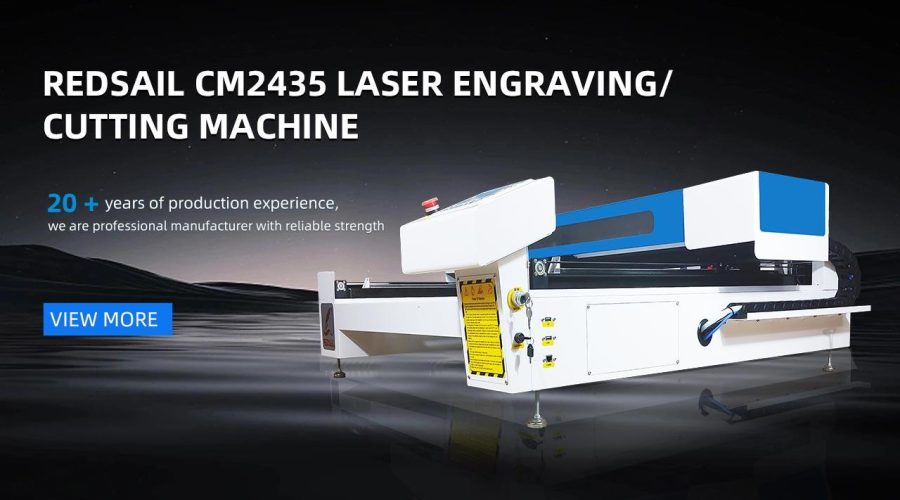Is Your CO2 Laser Cut Quality Troublesome? Let’s Explore Troubleshooting Strategies!
Introduction:
CO2 lasers are widely used in various industries, including manufacturing, fabrication, and signage, due to their ability to cut through a wide range of materials quickly and accurately. However, like any technology, CO2 lasers can encounter issues that affect the quality of the cut. In this article, we will explore common troubleshooting strategies for improving the cut quality of CO2 lasers.
I. Understanding the Problem:
1. Inconsistent Cutting Depth:
– Headings:
– Incorrect Focus:
– Beam Alignment:
– In-depth solution:
2. Poor Edge Quality:
– Headings:
– Power and Speed:
– Material Interaction:
– In-depth solution:
3. Excessive Heat-affected Zone (HAZ):
– Headings:
– Material Selection:
– Cooling Mechanisms:
– In-depth solution:
II. Troubleshooting Strategies:
1. Adjusting Focus:
– Fine-tuning the Focus Lens:
– Checking Beam Alignment:
2. Optimizing Power and Speed:
– Matching Power and Speed to Material:
– Testing Different Parameters:
3. Improving Material Interaction:
– Using Appropriate Assist Gas:
– Adjusting Pulse Frequency:
4. Enhancing Cooling Mechanisms:
– Implementing Active Air or Water Cooling:
– Upgrading Laser Cooling System:
III. Frequently Asked Questions:
Q1. Why is my laser cutter leaving burn marks on the material?
A1. Burn marks are often caused by excessive power or slow cutting speeds. Adjusting the power and speed settings should alleviate this issue.
Q2. How do I determine the correct focus for my CO2 laser?
A2. The correct focus can be determined by running several test cuts at different focus heights and analyzing the resulting cut quality. The focal point that produces the cleanest cut is the optimal focus distance.
Q3. Why are there inconsistencies in the cutting depth across my material?
A3. Inconsistent cutting depth can be caused by an incorrectly focused laser beam or misaligned optics. Ensuring proper focus and alignment will help achieve consistent cutting depth.
Q4. What are the most common materials that cause excessive heat-affected zones?
A4. Materials rich in carbon, such as acrylic, tend to generate larger HAZ due to their higher absorption of the laser’s energy. Selecting materials with lower carbon content can alleviate this issue.
Q5. Are there any safety precautions to consider when troubleshooting CO2 lasers?
A5. Yes, always follow proper safety guidelines, such as wearing protective eyewear, ensuring proper ventilation, and disabling the laser during maintenance or adjustments.
Conclusion:
Troubleshooting the cut quality of CO2 lasers requires a systematic approach to identify and address specific issues. By understanding the causes behind inconsistent cutting depth, poor edge quality, and excessive heat-affected zones, operators can implement effective troubleshooting strategies. Adjusting focus, optimizing power and speed, improving material interaction, and enhancing cooling mechanisms are key strategies to achieve the desired cut quality. Remember, safety should always be a priority when working with CO2 lasers.





